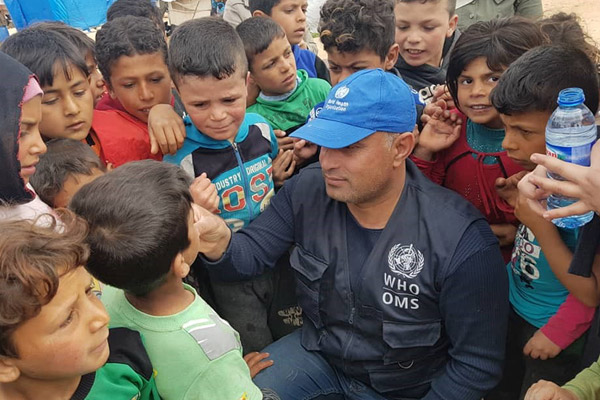Reports from northern Syria indicated high rates of communicable diseases, acute diarrhoea and influenza-like illnesses among the newly displaced.
Although there were no cholera outbreaks in Syria, the disease remains an ever-present threat, particularly in overcrowded IDP settings where tens of thousands of people are living in dire conditions with limited supplies of safe water and sanitation. If left untreated, cholera can kill within hours. WHO trained health staff and pre-positioned contingency stocks in priority areas to prevent and respond to an eventual outbreak of this deadly disease.



